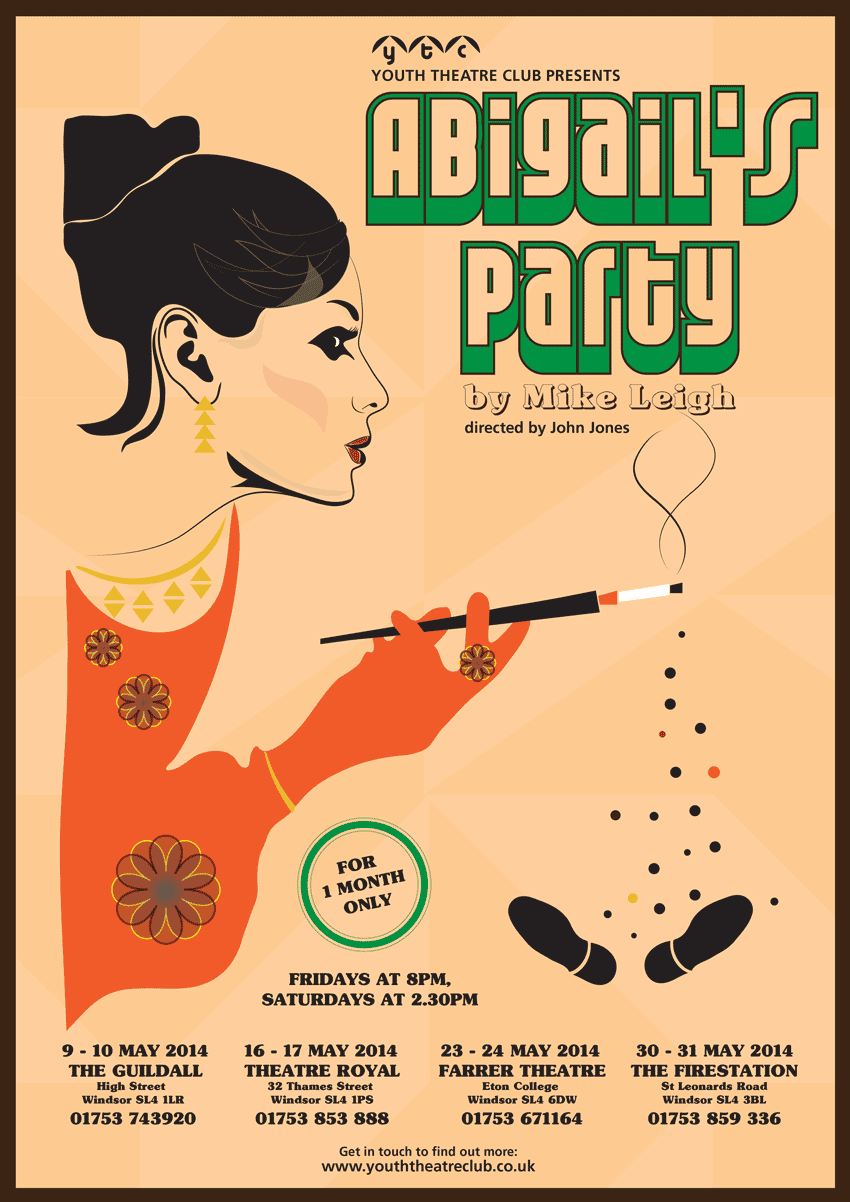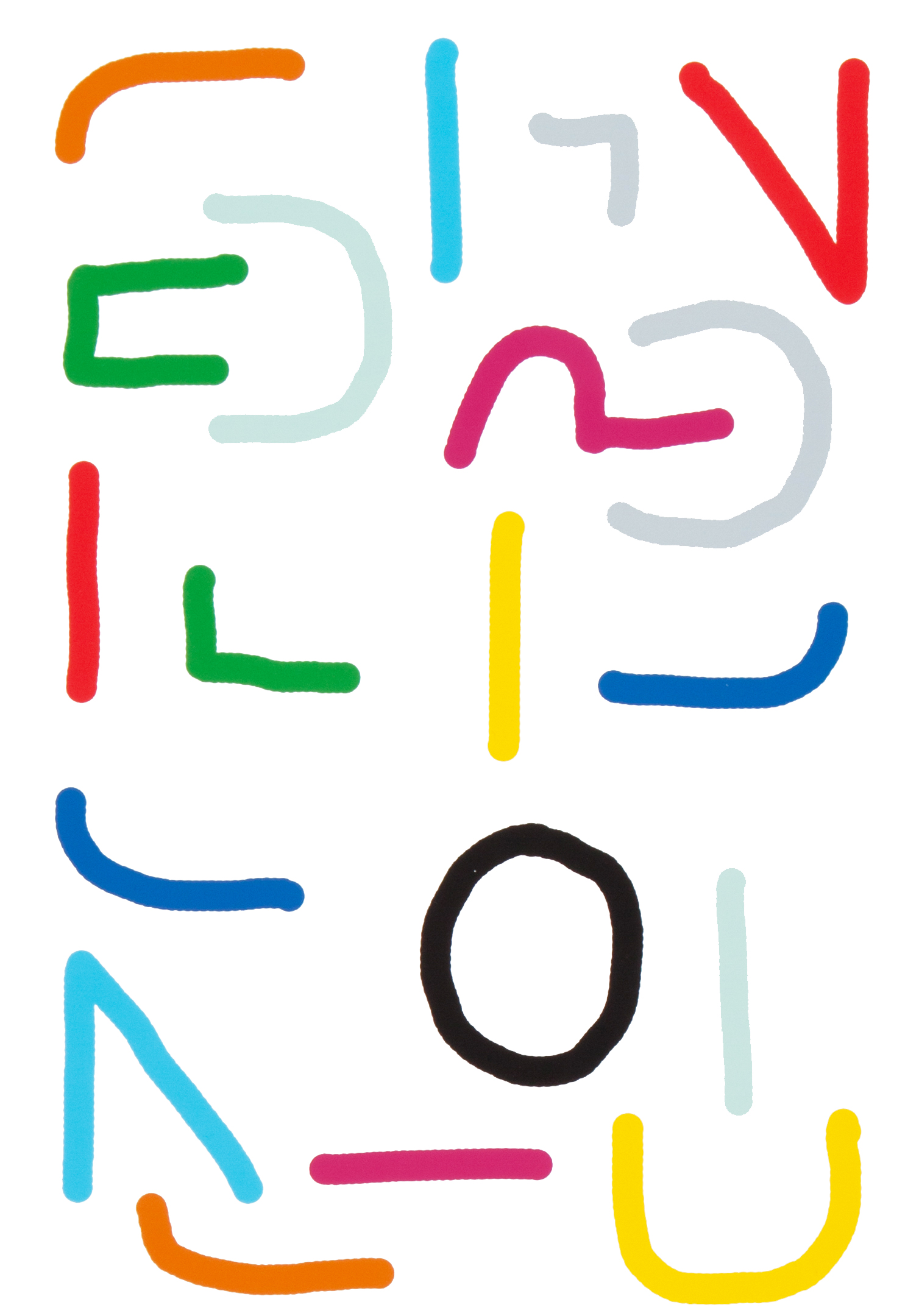What advice would we give an aspiring graphic designer?

In a room somewhere, there's a young designer hunched over their desk or tablet, dreaming of turning their passion into a career.
Here at Inkygoodness we spend a lot of time talking to young creative people about their ambitions to strike out as freelancers – many who may be thinking about University, but are unsure if they can afford it. Distance learning is quickly becoming a popular alternative, yet many aspiring designers may not know what the options are.
Now we’re teaming up with University of the Creative Arts to explore how to get into design, and share some advice on where to start. Featuring artwork produced by current and past Open College of the Arts students we explore how distance learning has shaped their career aspirations.
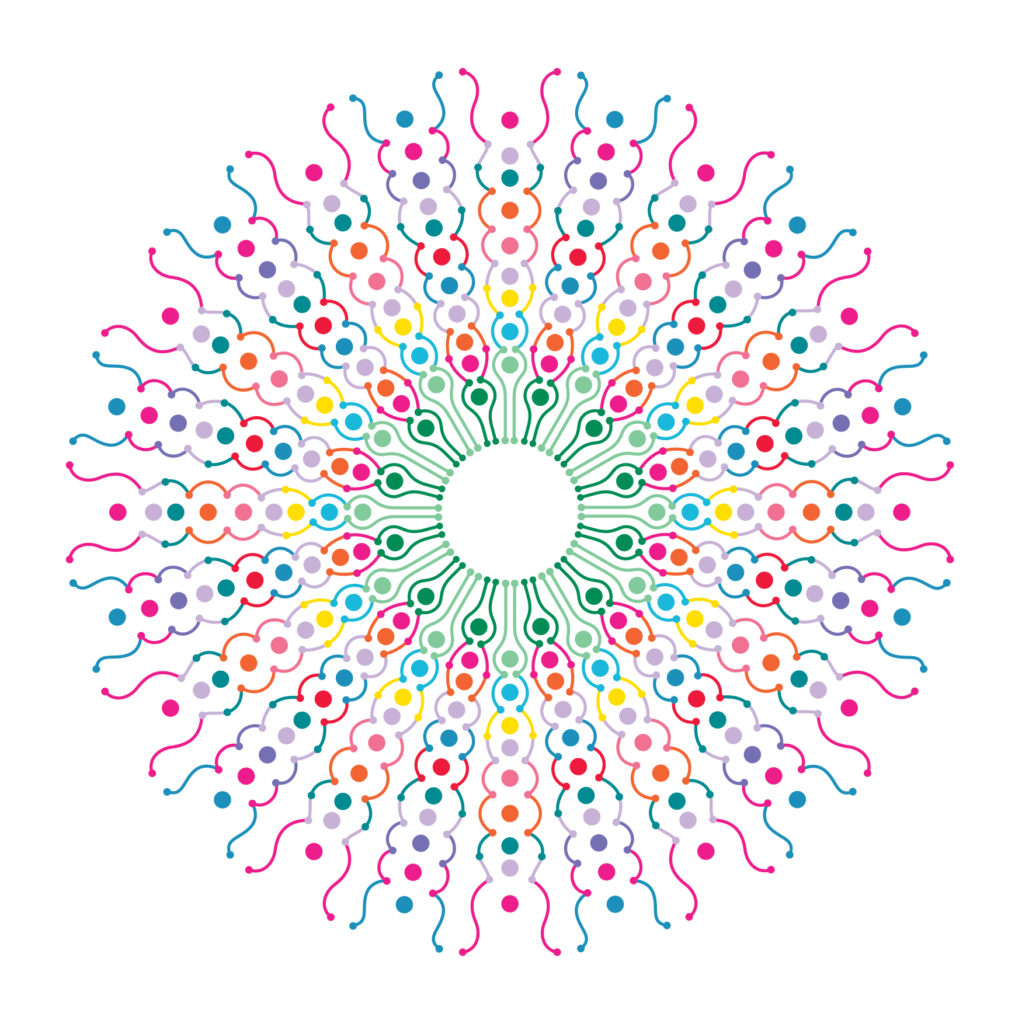
Design assignment by Katie Meden
1) First impressions
The best way to not get hired is to not get noticed. If you’re serious about getting commissioned and approached for work, you’ve got to get out there – and that means having a website.
It’s essential that you think about putting together an online portfolio of your work as soon as you can. It’s easier to do it as you go, to avoid wading through lots of work later. Build your own personal webpage, and get out in the world through portfolio sites like Behance.
Put yourself in the shoes of someone visiting your website looking for creative talent: What might they want to see, and what do you think would impress them?
Don’t be afraid to be selective about your work. You don’t need to showcase everything – just the stuff you love, that shows you off best to your potential clients.
2) Stay curious
An artist is always learning. Now, part of that could involve picking up a qualification to win over potential clients and learn from experts and fellow students. The University of the Creative Arts distance learning programme offers open degrees in subjects such as Graphic Design and Illustration, and can help artists hone their craft for a third of the price of a regular university degree programme.
However, learning is far broader than that of course – today’s creatives shouldn’t be afraid to mimic the styles and approaches of people they admire, or to absorb them into their own. If you’re looking for inspiration, look everywhere. Visit museums and galleries. Scour the Internet and browse stacks of magazines. Look on social networks such as Pinterest and Behance, and seek out great design wherever you can – from buildings to nature.

Design assignment by Katie Meden
3) Practice as a habit
This has to be the bedrock of any design career. Professionals don’t ride on talent alone. They spend years mastering their craft until it’s natural to them, and then push themselves out of their comfort zone so they can become even more versatile and inventive.
Get into the habit. Do something creative every day, even if it’s just for 15 minutes. Make doodling part of your daily routine. If you can, really lock yourself away and get to grips with a new style, or repeat a particular design many times until you’ve got it down.
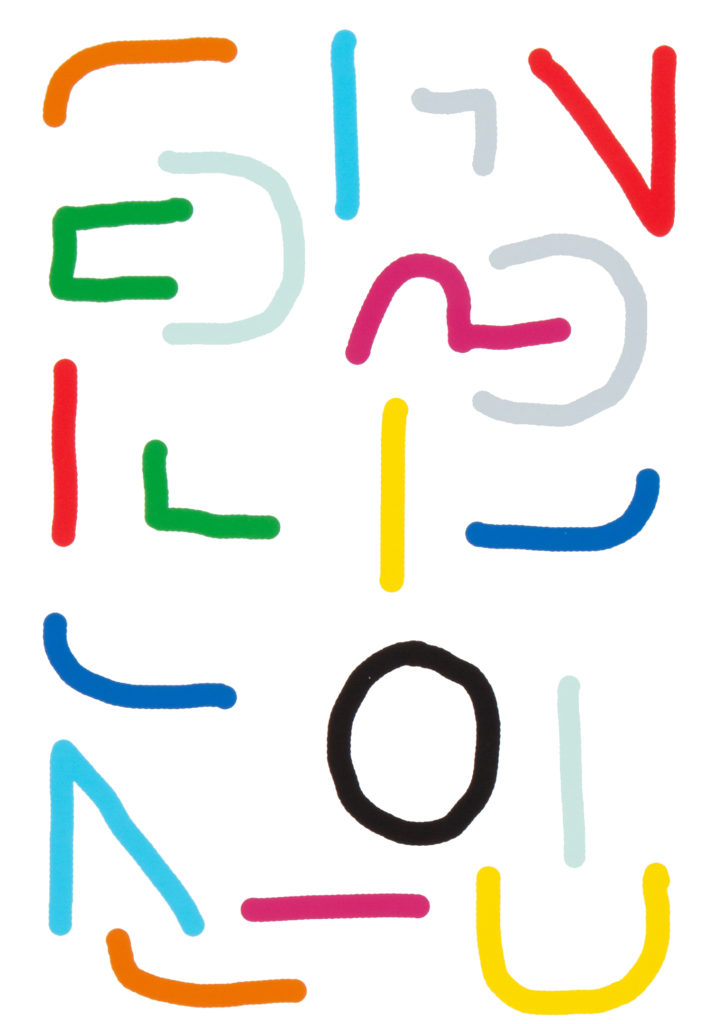
Design assignment by David Price
Push in as many directions as you can. Come up with 10…20…30 different approaches to your problem. Accept that some of them may not work.
4) Communicate effectively
Practice talking to people – every day. A really great designer needs to be able to communicate effectively and be receptive to criticism.
Often, clients don’t hire you with a clear idea of what they want, even if they think they know what this is. A successful project involves more than simply “doing your stuff” – listening and taking the time to understand your client are key.
From an early stage in the project, ask questions. Have a conversation with the client about what they want; the visual styles they are receptive to; how they visualise the final product. Ask more probing questions if neccessary – this will give you clarity on what will really work, and how far you can push the project creatively.
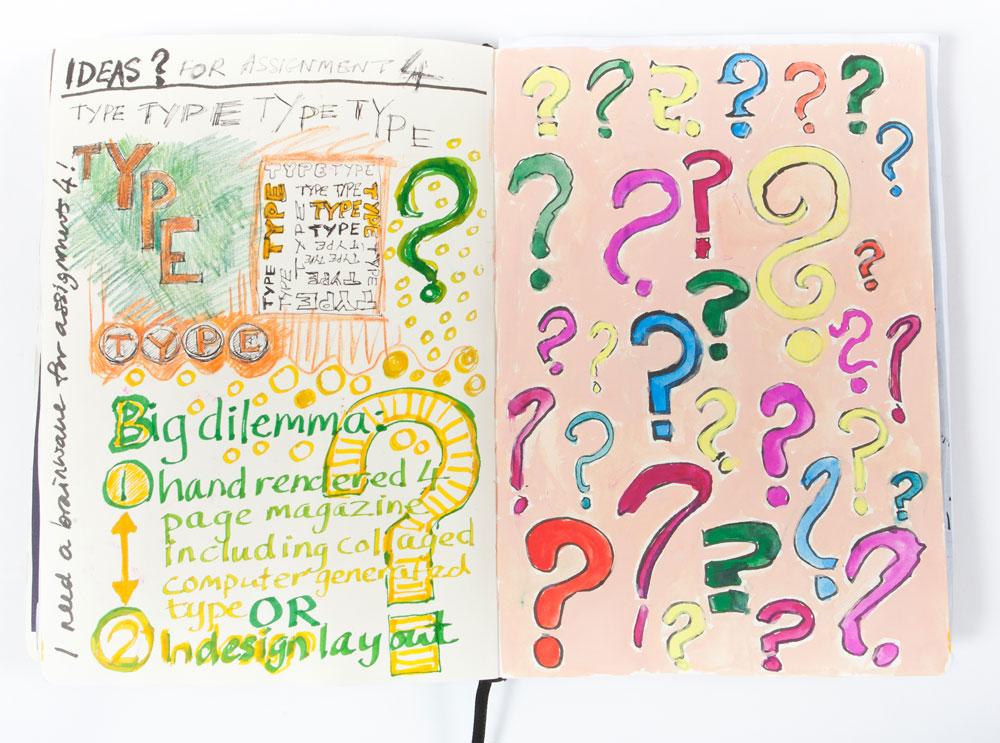
Design assignment by Jane Horton
Secondly, it’s essential to play an active part in the design community. Reach out to others to find out what approaches work for them. Do your research. Be aware of what others are doing, and what approaches and styles are being used to solve problems creatively, and then turn it around and apply it to your work. Be open to sharing your expertise to those less experienced – a positive, kind and willing attitude will pay off dividends.

Design assignment by Katie Meden
Be a positive influence, and it will benefit you sooner and more dramatically than you think.
5) Accept failure
Creative business brings with it a fair amount of hurdles and challenges. You’re trying to catch lightning in a bottle; to meet the desires of a client, whilst creating something that inspires an audience, that you will be proud of. And the more you do it, the more you realise that there are a wild amount of approaches and directions available to help you accomplish it. Creativity has no defined route, it’s a maze of you see on kids’ placemats in restaurants, where there’s one route to the centre.
That many may be dreadful. And realise that that’s okay. Because you’re closer to something amazing than you were before you started trying.
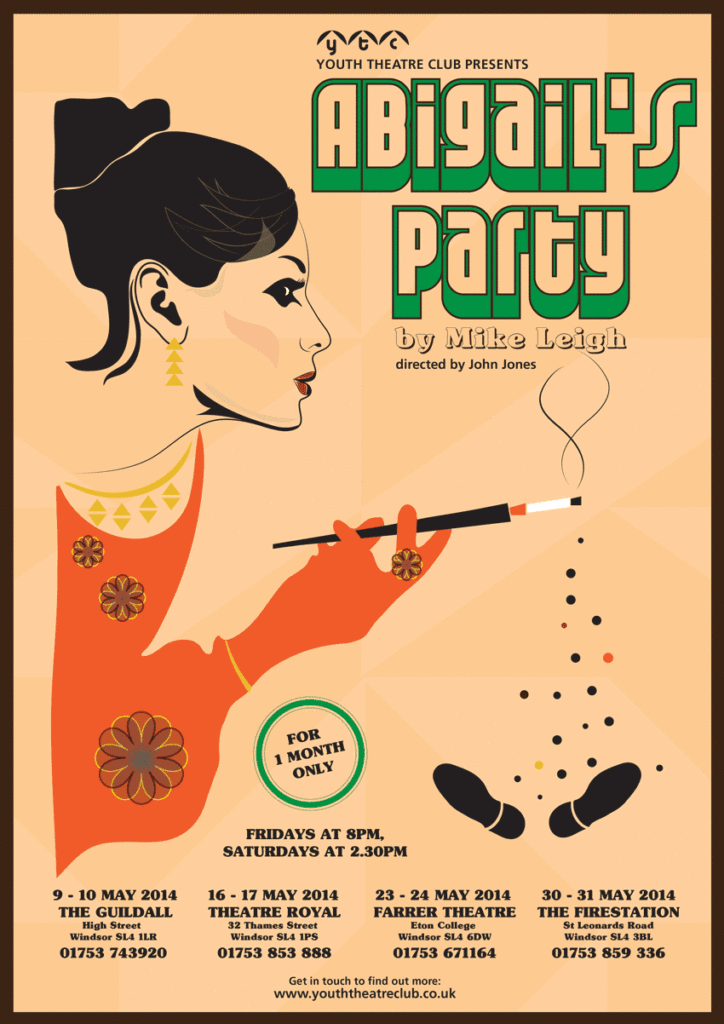
Poster design by student Lina Homer
The University for the Creative Arts’ distance-learning programme – formerly known as the Open College of the Arts – offers open degrees in subjects such as fine art, photography, music, graphic design, creative writing, sculpture and film.
To find out more, go to www.oca.ac.uk



